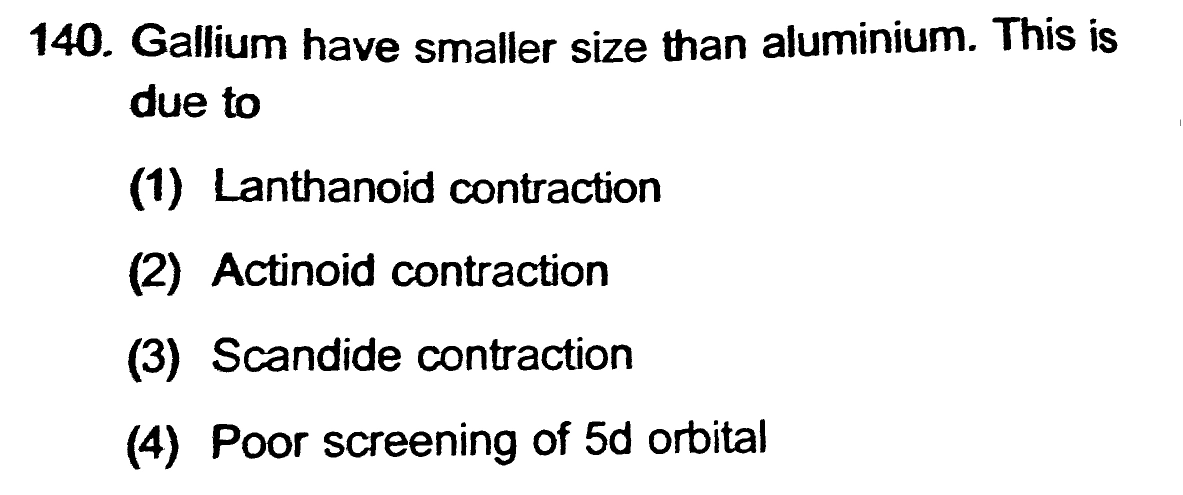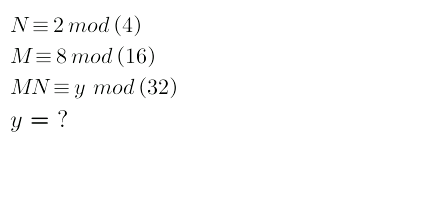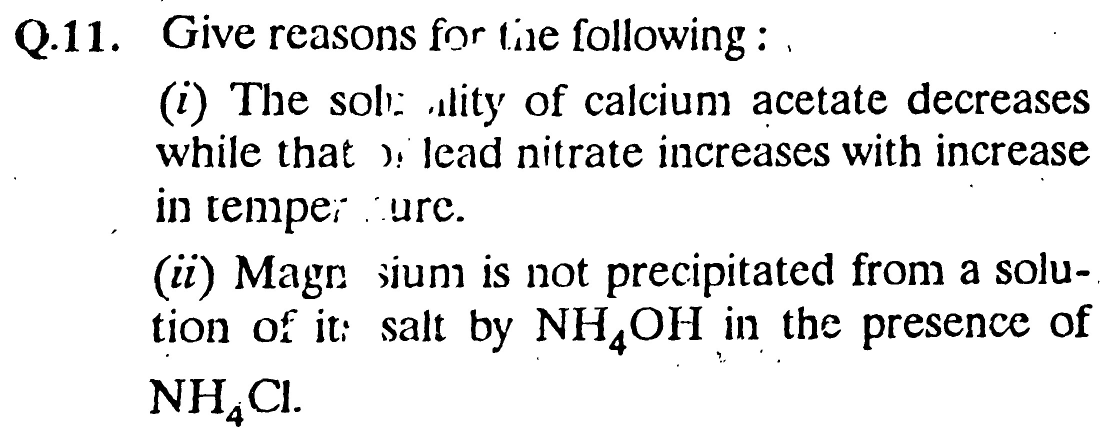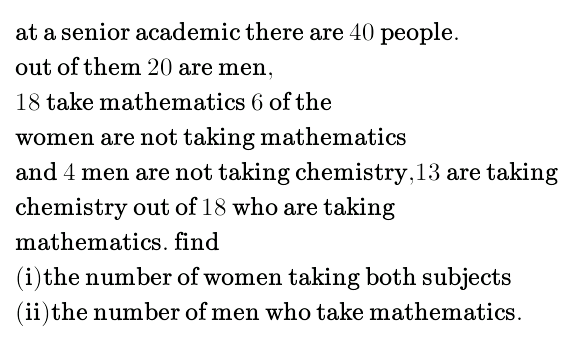
AllQuestion and Answers: Page 1774
Question Number 31964 Answers: 0 Comments: 0
Question Number 31963 Answers: 0 Comments: 0
Question Number 31962 Answers: 0 Comments: 0
Question Number 31961 Answers: 1 Comments: 0

Question Number 31960 Answers: 1 Comments: 0

Question Number 31959 Answers: 1 Comments: 0

Question Number 31957 Answers: 1 Comments: 1

Question Number 31954 Answers: 1 Comments: 0

Question Number 31953 Answers: 0 Comments: 2
Question Number 31952 Answers: 0 Comments: 1
Question Number 31951 Answers: 1 Comments: 0
Question Number 31949 Answers: 1 Comments: 0

Question Number 31946 Answers: 0 Comments: 0
Question Number 31941 Answers: 1 Comments: 1

Question Number 31935 Answers: 0 Comments: 0
Question Number 31934 Answers: 1 Comments: 0
Question Number 31933 Answers: 1 Comments: 0
Question Number 31927 Answers: 1 Comments: 0
Question Number 31915 Answers: 1 Comments: 3
Question Number 31914 Answers: 0 Comments: 0

Question Number 31899 Answers: 1 Comments: 0

Question Number 31898 Answers: 0 Comments: 0

Question Number 31895 Answers: 0 Comments: 3

Question Number 31894 Answers: 0 Comments: 9

Question Number 31919 Answers: 1 Comments: 3

Question Number 32372 Answers: 1 Comments: 0

Pg 1769 Pg 1770 Pg 1771 Pg 1772 Pg 1773 Pg 1774 Pg 1775 Pg 1776 Pg 1777 Pg 1778
